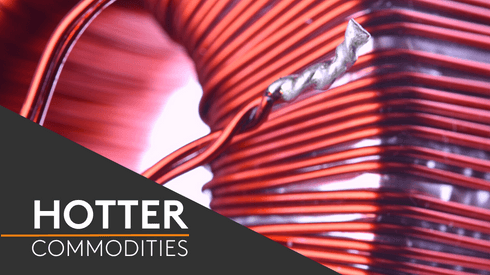With the copper price recently reaching a multi-year high, all eyes are on whether scrap collectors will release a massive amount of secondary material into the rising market.
In 2011, when the copper price rose above $10,000 per tonne, scrap dealers released huge volumes of legacy scrap into the market to cash in on the rising prices.
The opposite happened when copper prices plummeted rapidly in March this year, with scrap suppliers reluctant to sell spot cargoes at that time.
On the demand side, a higher copper price could also lead to buyers actively looking for cheaper substitutes for refined copper. Fabricators could use the discounted pure grade scrap as a cost-effective input option, for instance.
On Tuesday December 1, three-month copper futures in London rose to a seven-year peak of $7,743 per tonne and investment bank Goldman Sachs said there is now enough upside in the red metal price to predict a 12-month target of $9,500 per tonne, citing the robust recovery from Covid-19 in China.
While there is no official measurement of copper scrap inventories and whether the bullish outlook for the copper price will result on more copper scrap becoming available is not clear, according to trader Michael Lion of Hong Kong-based Everwell Resources.
On the outlook for recyclable copper, Lion, who is the former chairman of Sims Metal Management Asia, said: “These days, there are no longer people holding big… inventories in the scrap industry – like [they would have done] 20 to 30 years ago when the industry was dominated by family businesses. So the increase in prices does not do that much in [terms of] drawing out much more material. And [the copper scrap that] can come out, comes out anyway.
“As the price increases, costs also increase. Capital has to be increased to trade copper scrap [when the copper price rises], so [that is a] negative factor,” Lion added.
The hike in costs could put an extra strain on scrap traders amid a global tightening in commodity financing, with several credit providers to commodities businesses posting significant impairment losses.






